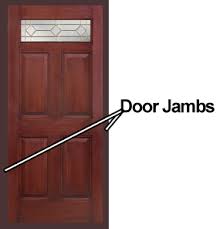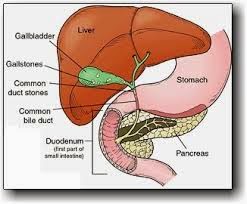How do you say NACIMIENTO NAVIDEÑO in English?

"Oh no! Not another power blackout!" NACIMIENTO NAVIDEÑO or PESEBRE NAVIDEÑO is a tradition which consists in recreating the moment of Jesus Christ's birth with small figures representing Joseph, Mary, the shepherds and the Wise Kings. Baby Jesus is set on December 25th of course, while the other figures are placed before, usually at the beginning of December. The translation is NATIVITY SCENE, though some people only say CHRISTMAS SCENE. This last term is a bit broad -- even an image of Santa Claus riding his sleigh falls under that description. Saying CHRISTMAS NATIVITY SCENE would be perhaps more appropriate. ...





















